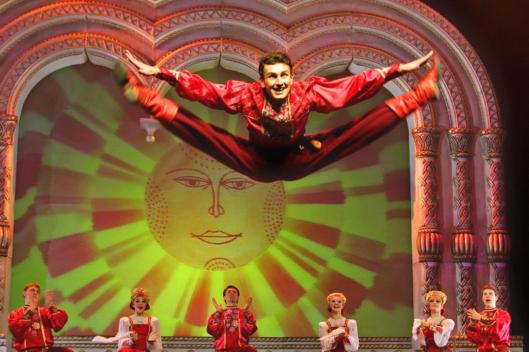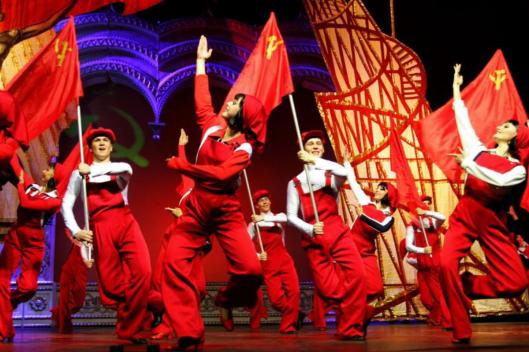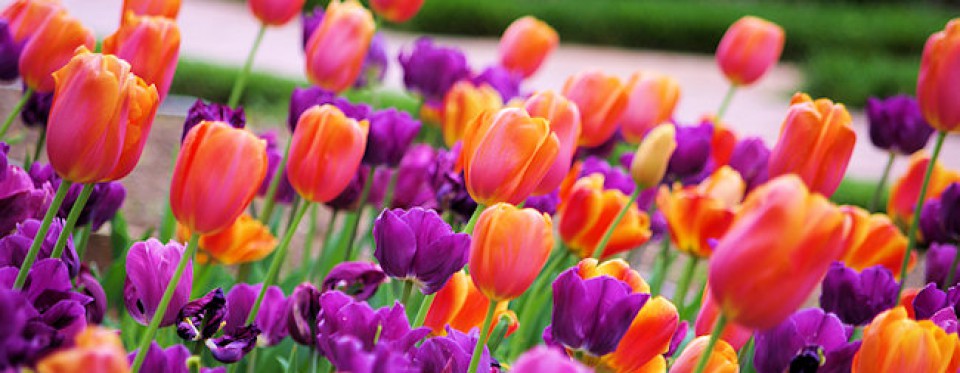Tags
Accidental Spy giveaway, Accidental Spy Russia Adventure, Author Lada Ray, Catharsis, Golden Ring of Russia, Gus Khrustalny, Ilya Muromets, Ivanovo, Kostroma, Legend of the Lemurians, Moscow, Murom, Plyos, River Volga, Russia, Russian holidays, Russian Orthodox Church, Soviet Union, The Daisy Day, Yuriev-Polsky
Today, we are continuing a journey in time and space to the Golden Ring of Russia. As promised, I have expanded the initial post with additional pics, info and links to beautiful performances. Hop into my time machine, fasten your seat belt and… enjoy!

My previous post The Golden Ring of Russia 1 covered the most famous and the original Golden Ring towns. However as the time went, more towns, lesser known but not any less deserving, were added to the Golden Ring and it was expanded to the River Volga. Today I will cover the unique art, music, dance, history, and of course architecture, of some of the other towns along the Golden Ring. Perhaps somewhat less dramatic and less famous than their brethren covered in part 1, they are in some ways even more charming and unique.
The name of this old town – Gus Khrustalny – located on River Gus means “A Crystal Goose”, which is the most descriptive town name I’ve ever seen, as its fame stems from these exact two things: the fine glass & crystal factory, as well as a very special type of goose grown in this region!
The local factory is world-renowned for its artistic designs of colored glass and crystal. Below are some of the fine original works of the local glass and crystal artisans, both modern and traditional:


Above: Russian church made out of artistic glass.
The poster below reads: The Crystal Museum, Gus Chrustalny.
Glass-work at the local factory:

Famous local geese. They look pretty cool!
RYBINSK

Church of Ascention.
A lovely kremlin and quiet, pristine nature – very nice.

This town is an anomaly of the Golden Ring. Its fate reminds me a bit of Detroit, a once famous capital of the US auto industry. A very dynamic textile capital of Russia in the past, Ivanovo is presently in decline after some of its famous cotton fabric factories closed down after the collapse of the USSR. Pity, I loved the quality of the Russian cotton!
As the industrial revolution swept across Russia, in the 19th century Ivanovo became one of the world’s major cotton fabric manufacturing regions. Before the 1917 Revolution, Russia was famous for its cottons. The tradition was carried on throughout the Soviet era. During the 1960s-1980s, Ivanovo was known as the “city of brides,” because the main workforce at the local factories were young women. The male/female ratio in Ivanovo was, shall we say, seriously lopsided. On the other hand, an enterprising young man looking for a bride, had a wealth of options, as all the girls here were young, pretty (they say) and hardworking. 😉
A view of Ivanovo, with its trams, Soviet era buildings and monuments (looking better than Detroit, I must say). 😉
Built up primarily in Soviet times, Ivanovo still possesses its share of beautiful architecture.

Convent of the Holy Virgin.
PLYOS
Plyos is a small, but very picturesque town on River Volga. Russians love their trees. As many Russian towns, it literally drowns in vegetation.


Local village homes:


Contemporary home:
.png)
Plyos, traditional Russian home with a spinning wheel:

KOSTROMA
Kostroma (empahsis on last ‘a’) is located on the river Volga and is a city with 277,000 inhabitants. Known for its cheese and milk products, Kostroma is also home to some of the most magnificent Russian medieval architecture.
The stunning Kostroma.

Midieval Kremlin, Kostroma.


Russia is world-famous for its dance and ballet. Performance by the national dance troupe Kostroma, showcasing whimsical silver tops made out of the amazing hand-made Russian lace, Vologodskie kruzheva.

More Kostroma dancing:



Historic show: From ancient Russia to the Soviet Union



MUROM
The ancient town of Murom is the birthplace of the legendary 12th century Russian knight and hero, “Bogatyr” Ilya Muromets (Ilya of Murom), who is one of the beloved characters of the Russian epic folklore and a real historic figure.

Bogatyrs (Worriors), a famous 1898 painting by Viktor Vasnetsov (Ilya Muromets is the center figure, with Dobrynya Nikitich to his left, and Alyosha Popovich to his right). In this painting, the Bogatyrs are depicted as protectors of the motherland, keeping watch against any possible attackers, which in those days were many.
Murom was first mentioned in Russian chronicles (bylini) in the year 862.
The old town of Murom is also home to the new and very lovely holiday celebrated in July: The Day of Love, Family and Fidelity, also called The Daisy Day, which is marked in the whole of Russia with musical concerts, celebrity appearances and various festivals. The holiday may be new, but it has its roots in the ancient tradition perpetuated by the two saints of the Russian Orthodox Church, Piotr and Fevronia of Murom, who were known for their otherworldly love and devotion to each other.

Monument to Prince (or Duke) Piotr and Fevronia of Murom.
A spectacular main festival and outdoor concert takes place in Murom, the birthplace of the holiday. It attracts major celebrities, musicians, singers, statesmen, as well as scores of visitors. The emblem of the festival is a daisy considered the national Russian flower.
Below are the Youtube links to a few of The Daisy Day performances, which are very much worth checking out (I personally love this holiday!)
Song Piotr and Fevronia performed by children’s group Neposedi. Live concert in Murom.
Anthem to Family performed by group Yin Yang. Live concert in Murom.
Anthem to Family (version 2) performed by Alsou, Alexei Vorobyov & Mark Tishman. Live concert in Murom, July 8, 2010.
Daisy Fields performed by group Quatro.
Day of Love performed by Diana Gurtskaya.
Read Beautiful Russia: The Golden Ring of Russia 1
..
Please also visit my two giveaways:
Accidental Spy Party & Giveaway – several rafflecopters with various great and unique prizes! Enter one or all!
and
CATHARSIS (Legend of the Lemurians) FREE at Smashwords + Catharsis Contest: Win Unique & Cool Prizes!
There is still time to enter! But hurry, drawing for both is December 2!















Love the Russian architecture. So magnificent. The dance pics are amazing, especially the third one. 🙂
Thank you! I agree! 🙂
Always such an amazing journey.
Hugs and smiles! 🙂
What an absolutely beautiful feast of photographs this is!
Blessings ~ Wendy
Thank you, Wendy!
And blessings to you! 🙂
I love these pictures so much. Thanks for sharing. I have tagged you for “the Next Big Thing” blog hop because I want more people to read your wonderful blog and amazing novels. http://darlenefoster.wordpress.com/2012/11/21/the-next-big-thing-blog-hop/
Thank you so much, Darlene! It’s very nice of you and I really appreciate the tag! 🙂
Hugs!
Pingback: Beautiful Russia: The Golden Ring of Russia 1 « Lada Ray Blog
Hope you had a great Thanksgiving and are in the midset of a great Thanksgiving weekend!
Thank you so much, Russel. Just back home in Upstate NY from NYC. It was fun, fun! Writing hard, finishing up my upcoming fantasy/thriller, THE EARTH SHIFTER.
And it snowed here today.
Hope you are having a great Thanksgiving weekend in sunny California!
I’ll see you at your blog very soon.
Cheers,
Lada
Russia has a rich culture and unique history.The whole post is very impressive.The pictures,the cities,the beautiful art.Regards.jalal Michael
Thank you so much for a wonderful comment, Jalal. I am so glad you enjoyed the post! Cheers! 🙂
P.S. Love the musical instrument on your gravatar. What is it called?
Beautiful photos, Lada! I think you gave those who don’t know Russia a great overview of Russian culture. I’ve finally dug out from a mess and am back to blogging again!
Awesome! Glad you enjoyed it and welcome back 🙂
Hi Lada, Gave you another award! http://www.writingstraight.com
This is very nice of you, Holly! Thank you, my friend, for thinking of me. 🙂
Lada, you’ve outdone yourself once again. Thanks for the “Cultural Learnings of Russia for Make Benefit Glorious Nation of America”. Wawaweewa!
LOL 😉
Pingback: Beautiful Russia 3: Spectacular Moscow | Lada Ray Blog
Pingback: A Slice of Real Russia 2: Eyewitness Video Journey Around Moscow | Lada Ray Blog